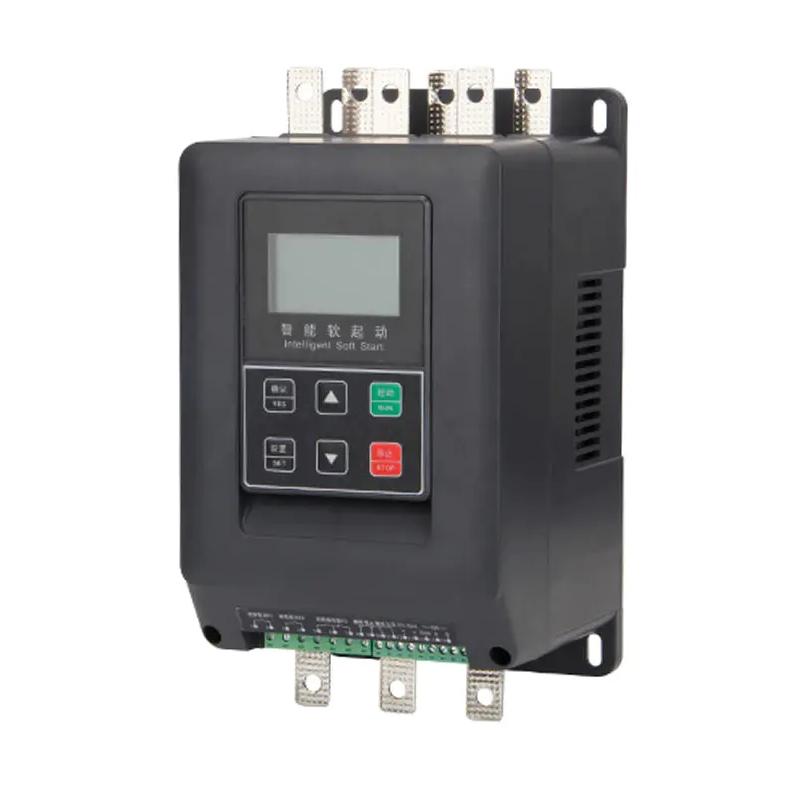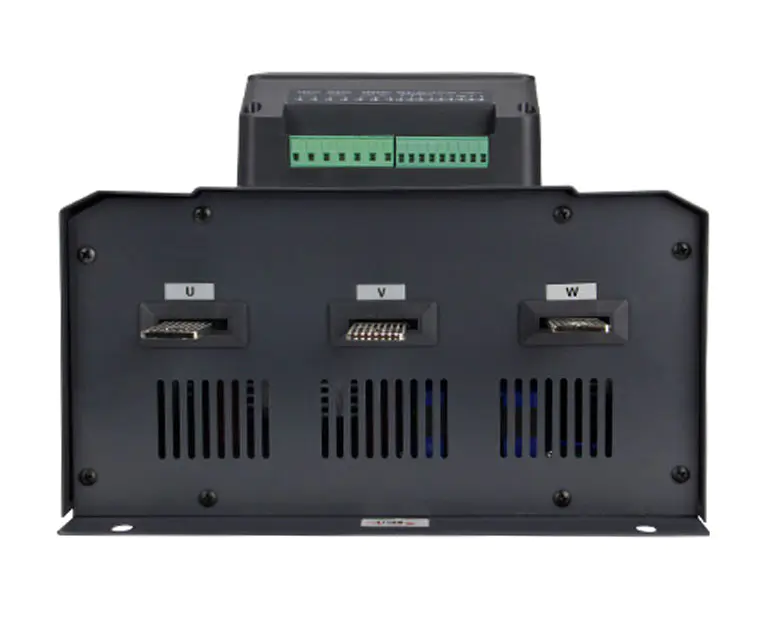Optimizing Motor Start-Up Using Bypass Soft Starter Technology

Across industrial automation and energy management systems, the Built-in Bypass Soft Starter and Bypass Soft Starter serve as essential solutions for smooth and reliable motor control. They help maintain operational efficiency by reducing electrical strain and mechanical shock during start-up and stopping phases. As industries increasingly focus on energy conservation, these soft starters have become vital in maintaining steady performance while minimizing energy waste.

The Built-in Bypass Soft Starter integrates a bypass contactor directly into the unit, allowing current to flow more efficiently once the motor reaches its running speed. This reduces the need for external wiring and components, leading to cleaner layouts and easier installation. The Bypass Soft Starter, which uses an external contactor, is suitable for larger power systems where independent component management and flexibility are required.
Both configurations operate by controlling the voltage applied to the motor. Instead of providing full voltage immediately, the soft starter gradually increases it, allowing the motor to accelerate gently. This process minimizes the impact of inrush current, preventing damage to both electrical and mechanical systems.
The Built-in Bypass Soft Starter is commonly used in compact switchgear and integrated control cabinets. Its built-in bypass design reduces space requirements while maintaining excellent thermal management. The reduced heat generation enhances efficiency, particularly in facilities with continuous operation.
Meanwhile, the Bypass Soft Starter remains popular in large-scale projects where multiple motors operate in coordination. Its external configuration simplifies bypass maintenance and makes replacement easier. This feature provides operators with flexibility in designing systems for heavy-duty applications such as water treatment facilities, manufacturing lines, and air-handling systems.
These devices offer various protection functions, including overload, phase imbalance, and voltage drop prevention. Their digital control systems allow precise adjustment of acceleration time, starting current, and stop ramp-down, enabling tailored performance for different motor types.
Recent technological advances have enhanced both the Built-in Bypass Soft Starter and Bypass Soft Starter with intelligent monitoring capabilities. Many models now support communication protocols that connect directly to supervisory control systems, providing real-time feedback on operational status and electrical parameters. This helps engineers optimize energy use, reduce downtime, and extend equipment lifespan.
- Art
- Causes
- Crafts
- Dance
- Drinks
- Film
- Fitness
- Food
- الألعاب
- Gardening
- Health
- الرئيسية
- Literature
- Music
- Networking
- أخرى
- Party
- Religion
- Shopping
- Sports
- Theater
- Wellness



